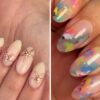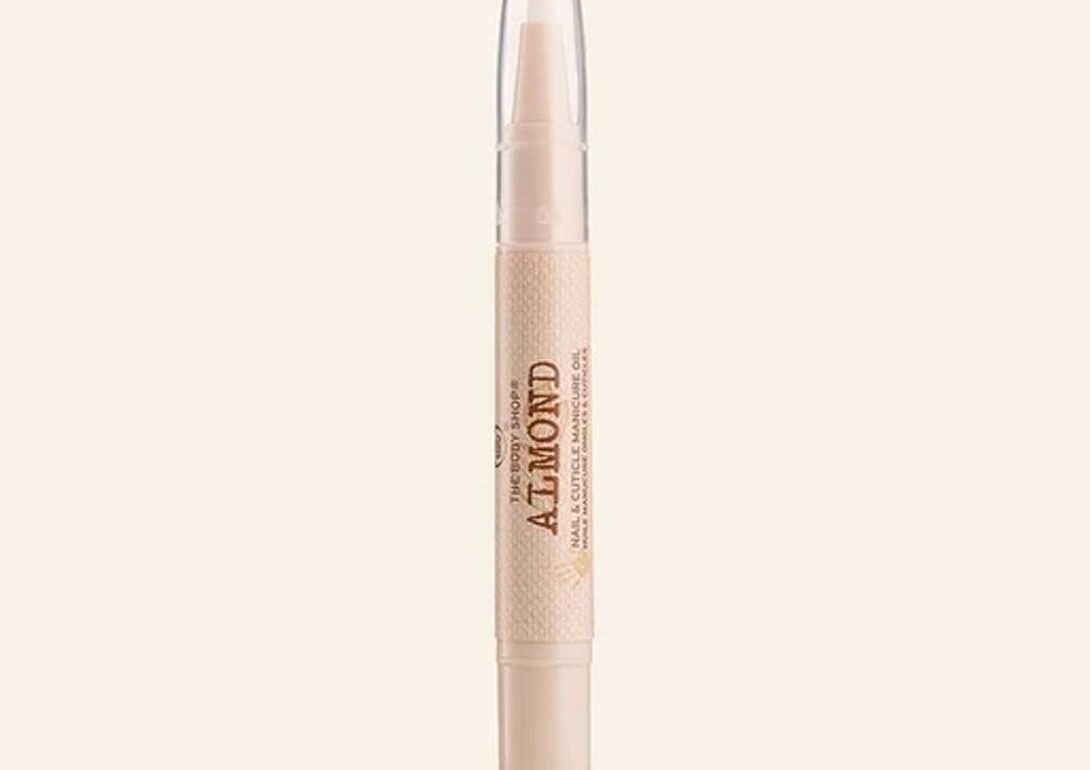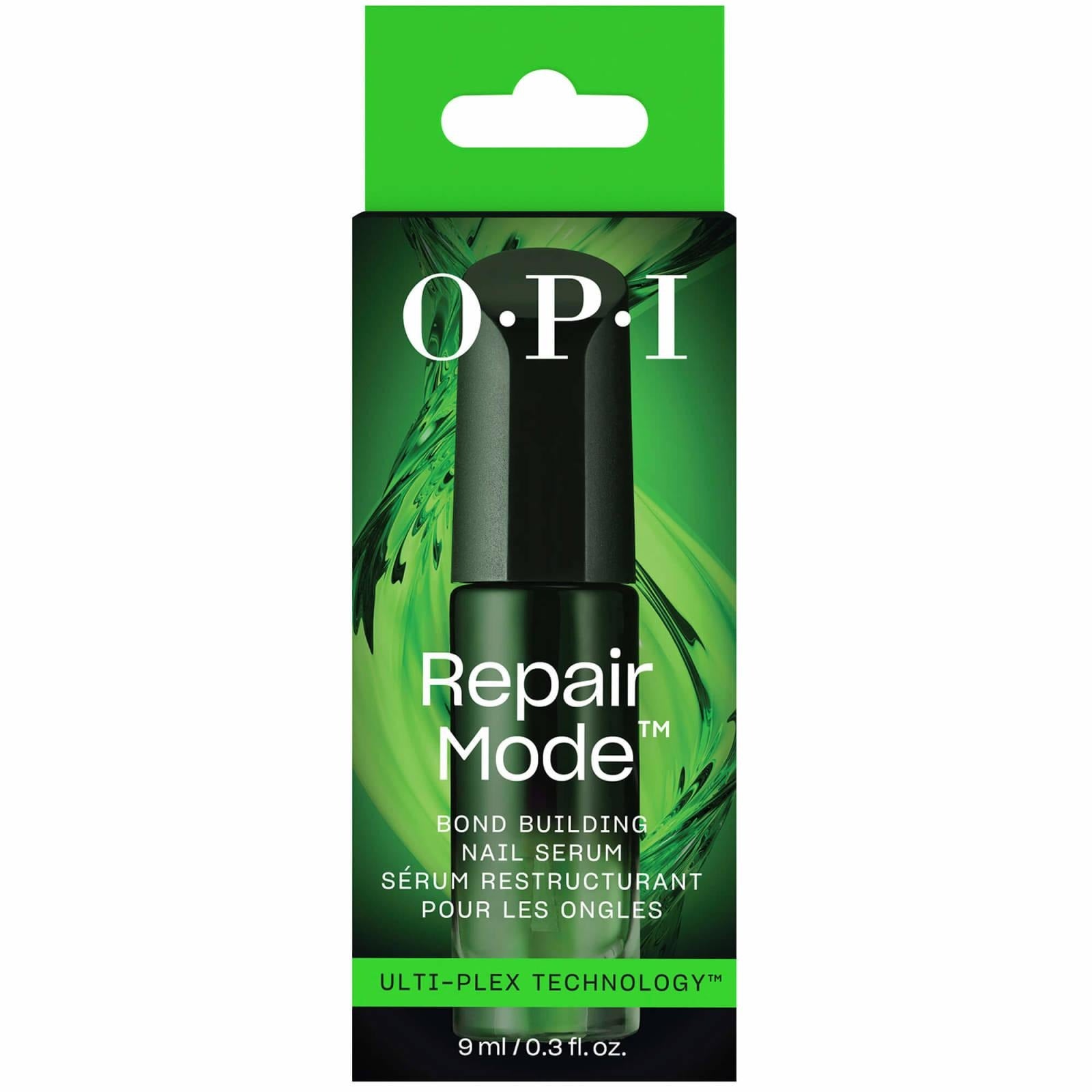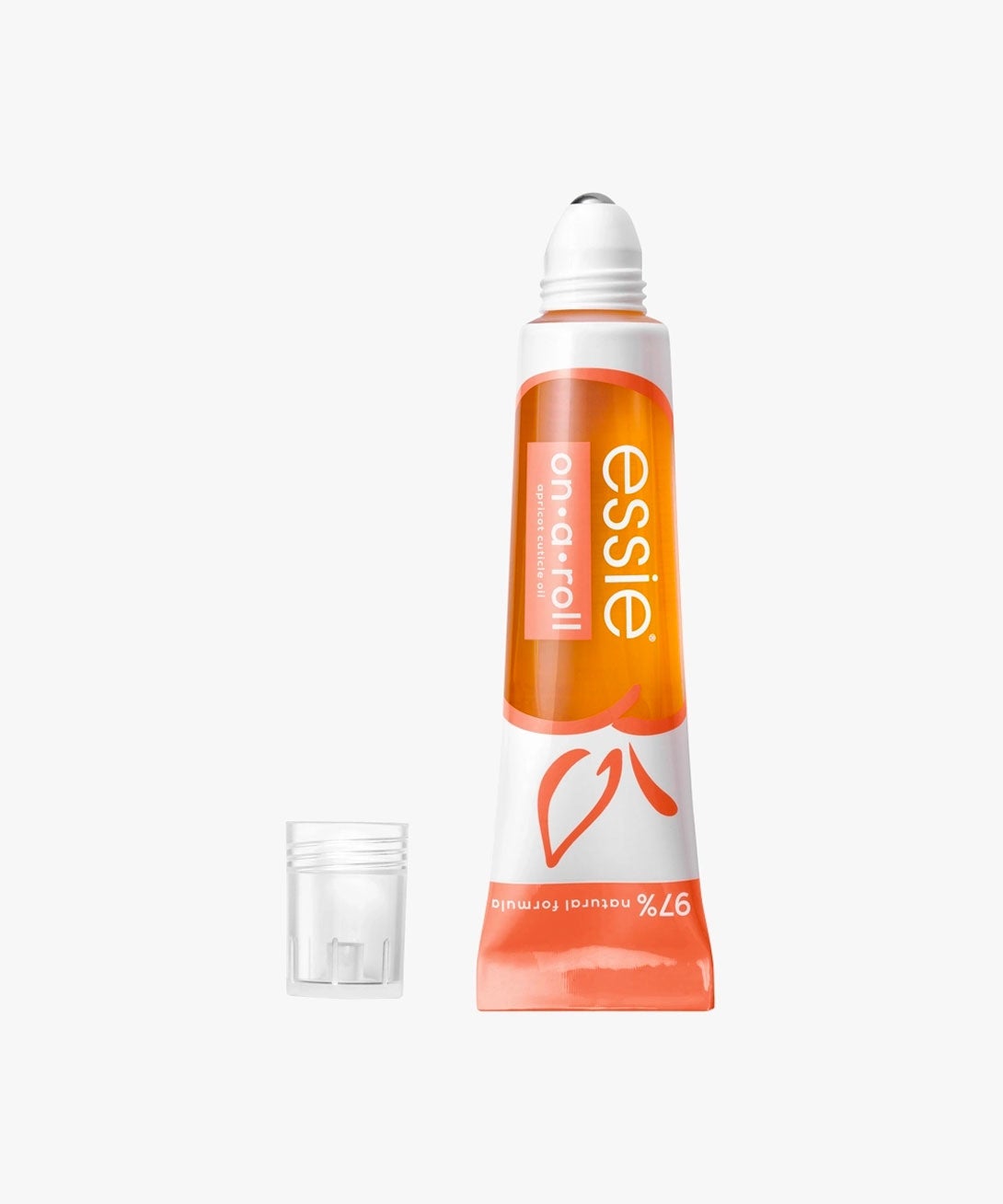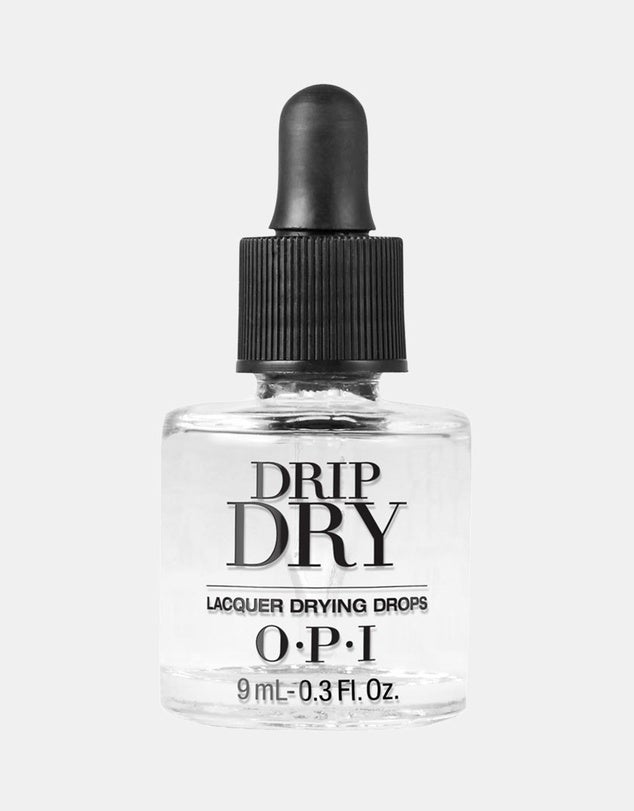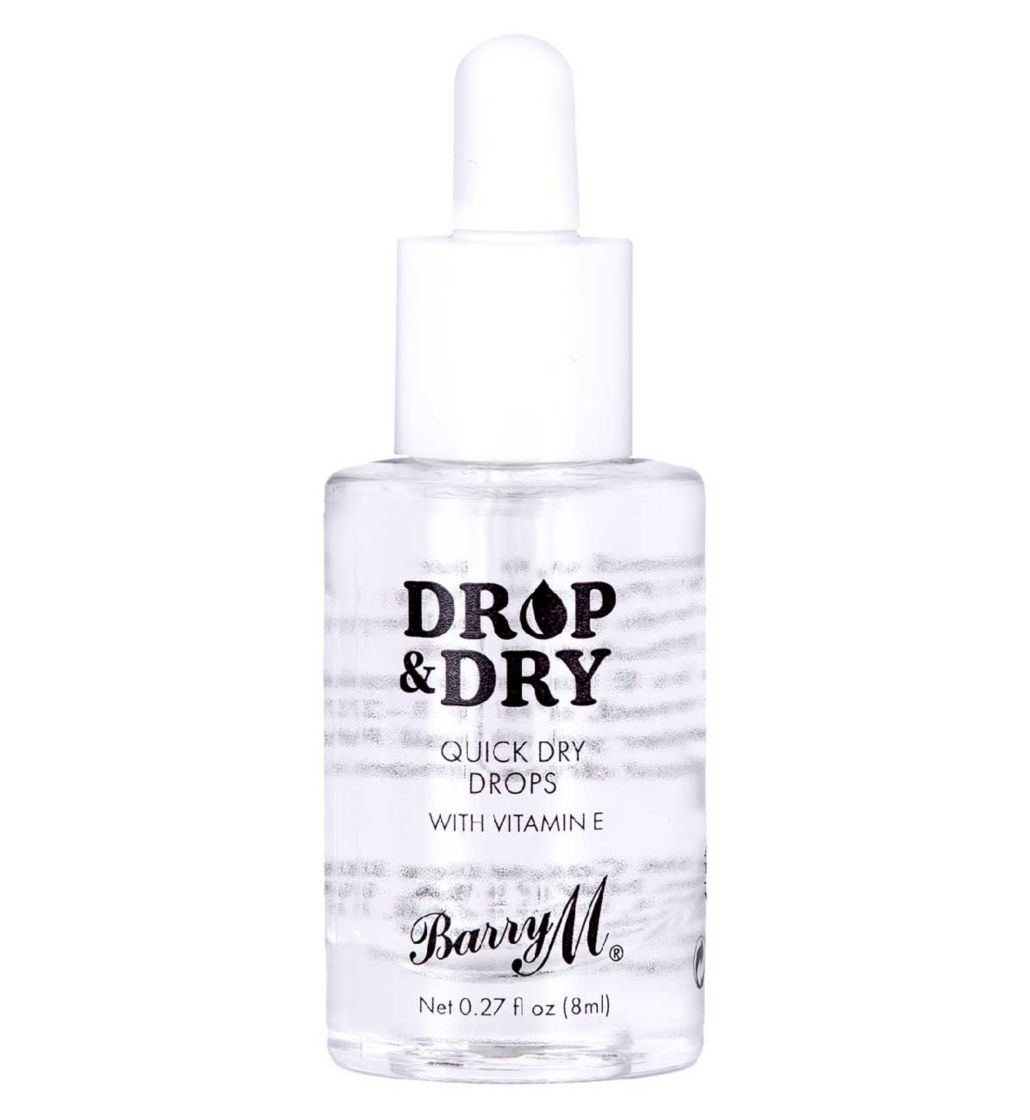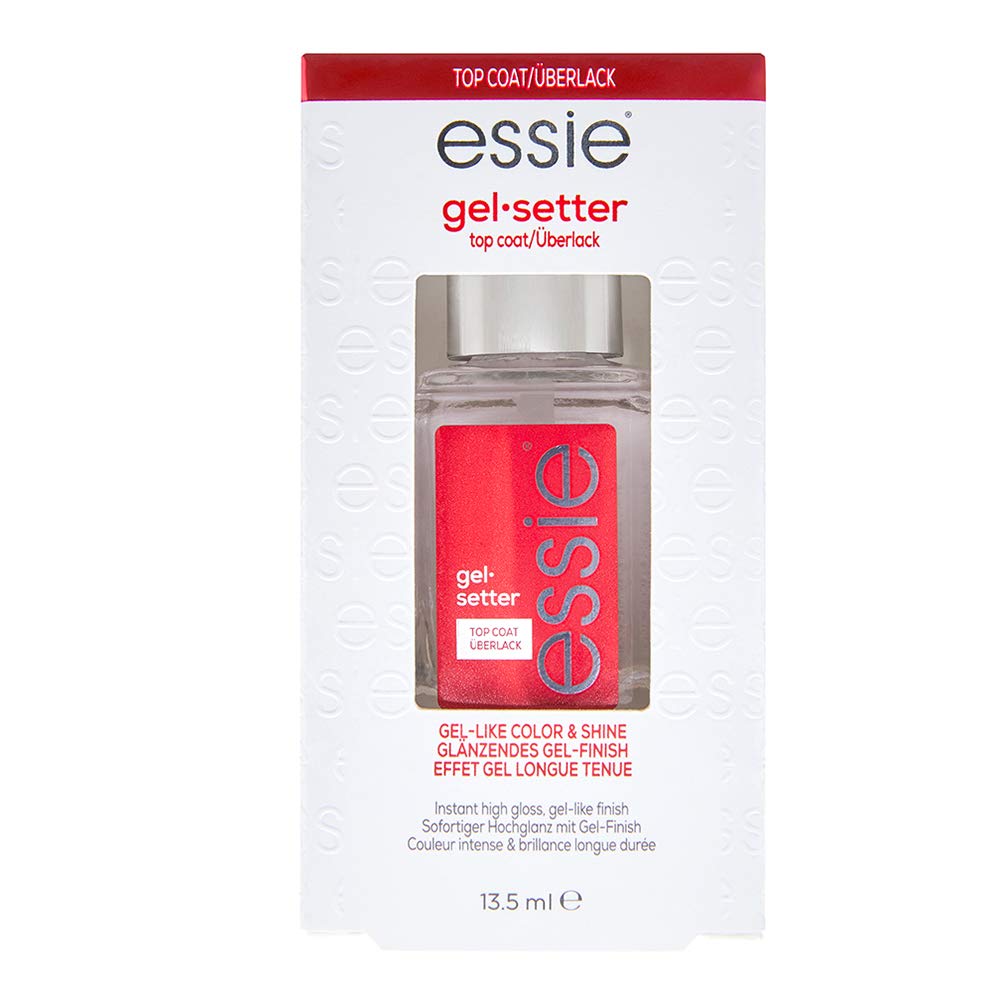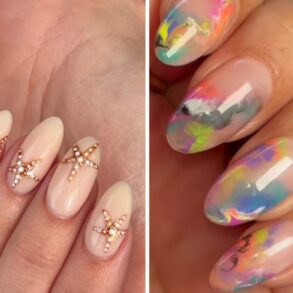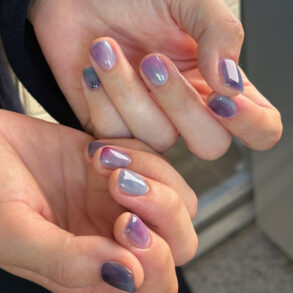At Refinery29 Australia, we’re here to help you navigate this overwhelming world of stuff. All of our picks are independently selected and curated by the editorial team, but we may earn commission or other compensation from the links on this page.
From the countless takes on the classic French tip to intricate painting techniques of the Italian manicure, it’s safe to say that we’re hooked on nails. While nothing beats a salon experience (and it’s always good to support nail technicians) rising costs means that lots of us are going down the DIY route.
Some products are invaluable to your at-home nail routine; think base coats to prevent nail polish stains and cuticle oil to moisturise your skin and nails, promoting better growth in the long run. Others, however, you can take or leave.
If you’ve ever wondered whether nail hardener actually works, or if you can use any UV nail lamp to cure your gel polish, read ahead. We asked a couple of nail experts to share the viral nail products that simply aren’t all they’re cracked up to be — and their answers might surprise you.
Nail hardener
It’s tempting to pick off gel polish but doing so can weaken the nail. It makes sense that you might gravitate to a nail hardener, thinking that it’ll help reinforce your nails in some way. While “strengthening” formulas tend to contain ingredients which are reparative and beneficial to overall nail health, promoting flexibility and resilience, “hardeners” work by aiming to make the natural nail harder, says session manicurist Ami Streets. “This can impede flexibility, something our nails need to withstand wear and tear.” This, adds Streets, can end up being counter productive and may leave you vulnerable to breakage. “In my opinion the best product to help with strength, length and nail health is cuticle oil,” she says. “Not only does it penetrate to a deeper level to nourish and hydrate nails, but applying this daily with a massaging motion helps stimulate circulation and promote growth, too.”
R29 rates Essie On a Roll Apricot Cuticle Oil, $22.99, The Body Shop Almond Nail & Cuticle Oil, $16, and OPI Repair Mode Bond Building Nail Serum, $40, which acts like scaffolding for brittle nails without making them hard.
Nail polish dryers
Whether you’re impatient or just super busy, nail artists understand the allure of investing in a portable nail polish dryer, but they’re a waste of valuable space. According to Streets, using quick dry products like drops or sprays are much more effective when it comes to speeding up drying time. essie Nail Care Quick Drying Drops Nail Polish Treatment, $19.95, Barry M Drop & Dry Quick Dry Drops, $9.06, and OPI Drip Dry Lacquer Drying Drops, $25.95, are all great options.
“Clean” nail polish
Streets has seen a steady increase in the demand for natural formulations in all aspects of beauty, especially when it comes to nail health and manicures. Enter the trend for “toxin-free” or more commonly “clean” nail polish. Streets associates the latter with being “free from certain chemicals and non-toxic ingredients”. She believes such products offer gentler formulas. This could be beneficial if your nails are very thin (for example, you regularly peel off your gel polish or get hardcore manicures) and tend to become sensitised by nail polish.
Here’s the thing, though: The word “clean” in regard to beauty is unregulated. In other words, it has no official meaning and there are no laws, regulations or rules. In theory, anyone can use the phrase to describe nail products. When it comes to our fear around certain chemicals, experts agree that it’s the dose that makes the poison. In Australia, all ingredients in personal care, skin care, make-up and cosmetic products are regulated as industrial chemicals use in beauty products. And further, before a product comes to market, it must comply with Australian laws for labelling and product safety. Put simply, you can rest assured that nail polish sold at reputable retailers is safe to use.
Ridge-filling base coat
Lots of things can result in bumpy and ridged nails, like manicure technique (for example, using nail drills), vitamin deficiencies (like protein, vitamin A, zinc and calcium), hormonal changes and potentially even picking your cuticles. If ridges are bothering you, you might consider investing in a ridge-filling base coat to create a smoother surface for nail polish, but nail artist and content creator Sadie Jordan thinks that their effectiveness depends on how severe the ridges are. “If you have shallow or very minimal ridges, these base coats can easily fill them in and provide you with a smooth, even base before you apply colour,” says Jordan, but if your ridges are a bit deeper, a base coat like this might not cut it. Instead, Jordan suggests opting for a higher viscosity product such as builder gel (BIAB) to resurface the nail plate and enhance your natural nails.
Streets finds ridge-filling base coats to be of a much thicker consistency than regular bases, which in her opinion makes layering nail colour a much longer process. “It can also impede dry time and mean the longevity of the manicure is affected,” says Streets. “This is because densely painted layers of polish are more prone to chipping.” Instead of a ridge-filling base coat, Ami says that gently buffing the natural nail plate is a much more effective way of smoothing the surface texture to ensure an even base for painting. “I would only recommend ridge-filling base coats as an option to clients who may have particularly thin or sensitive nails when buffing isn’t a viable or suitable option,” says Streets, “for example, following chemotherapy treatment or while taking medication.”
This is not to say that a traditional base coat is redundant. “I’d recommend the use of a base coat,” says Streets, “not only for added protection when using strongly pigmented colours, but to get the best, long-lasting and most professional-looking finish from your manicure.”
Nail whitener
Jordan says that nail whitener — a product typically used to reduce staining on nails — is controversial among nail experts and manicure enthusiasts. Streets suggests this is because some formulas can contain harsh astringents. As a result, prolonged wear time or over use could dehydrate nails or lead to damage, says Streets. To that end, “it’s important to choose as mild a formulation as possible or even use a more natural solution such as lemon juice mixed with water,” adds Streets. She says that soaking your nails in this way can help with any staining, but if you’re feeling impatient, discolouration can be removed effectively by lightly buffing the surface of the nail. “Just ensure a gentle touch and follow up with cuticle oil to nourish and moisturise the nail plate,” says Streets.
“Universal” UV nail lamps
When it comes to gel nail lamps, each one has a specific wattage that determines the strength of the UV or LED bulbs it hosts, says Jordan. But she adds that lamps that are labelled “universal”, which suggests they can cure most gel polishes, can be very misleading. There are many different products out there and each one has a different requirement. If the gel polish isn’t cured properly and comes into contact with your skin, there is a risk of developing an allergic reaction, which could loosen nails, and cause a red, itchy rash, not just on your hands but anywhere else you might have touched with wet gel nail polish.
Streets advises using a complete nail system of products with a gel nail lamp that corresponds to the brand of polish you like. “Gel products are specifically tested and created for use with certain strengths of LED or UV lighting to ensure instructions on cure time are correct,” says Streets. “Following guidelines closely and using proper application and removal techniques will minimise the risk of heat spikes, allergic reactions and sensitivities to gel manicures.” Her top tip is to always go to a reputable qualified nail technician, as doing your own gel manicure at home is more likely to leave you open to complications.
Metal nail files
There’s a common misconception that metal nail files and other nail tools are more effective than others. While they might be more durable than emery boards and wooden cuticle pushers, Streets thinks they’re outdated and “super damaging for natural nails.” She adds, “Most of the tools in these kits are not of a great standard or sharpness, either, meaning they’re not particularly effective for a great manicure.” Try a glass or crystal nail file instead.
Want more? Get Refinery29 Australia’s best stories delivered to your inbox each week. Sign up here!
This post was originally published on this site be sure to check out more of their content.


